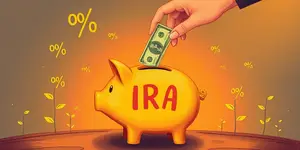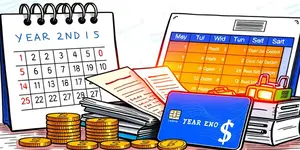
Every spring, millions of Americans receive a tax refund check, a welcome influx of cash that can feel like an unexpected financial windfall this season. Instead of spending it on fleeting pleasures, you can deploy these funds strategically to secure lasting benefits. This article explores current refund trends, practical ways to use your refund effectively, and planning tips to maximize future returns.
With the average IRS refund hovering around $2,939 in early 2025 and 64% of filers receiving money back, the decisions you make today can shape your financial future for years. Let’s dive into how to transform this seasonal payout into meaningful progress.
In 2025, taxpayers have seen average refunds range from $3,453 in February to $3,116 by early April, settling around $2,939–$3,138 by year-end. Approximately 105 million refunds totaling $329 billion were processed in 2024, illustrating the scale of this annual phenomenon.
The trend toward direct deposit has accelerated dramatically, with 97% of refunds issued electronically in early 2025 compared to just 65% in 2009. This shift not only shortens wait times but also enhances security and reduces fraud.
However, households without bank accounts may face delays or additional fees, underscoring the need for inclusive financial services and alternative delivery methods for unbanked populations.
On one hand, a substantial refund acts as a forced savings mechanism, compelling individuals to set money aside and often prompting investments in long-term goals like retirement accounts. Many filers treat it as a windfall and apply it toward projects they might otherwise overlook.
Conversely, a large refund usually means you withheld more taxes than necessary—essentially giving the government an interest-free loan you never intended. By adjusting your W-4, you can fine-tune annual withholding, improve your monthly cash flow, and avoid tying up funds until tax season.
Almost any refund can be put to better use than impulse buys or vacations. Consider these proven strategies to leverage your refund for maximum impact.
Receiving a large refund each year signals that your withholding may be misaligned. By adjusting your W-4 allowances, you can optimize take-home pay and avoid excessive overpayment.
Preparation is key. Organize the following documents now to streamline next year’s filing:
Many Americans view refunds as an annual bonus, a mental accounting trick that can encourage spending. Recognizing that a refund is merely a return of overpaid taxes helps reframe it as an opportunity for deliberate action.
As government policy continues to favor digital delivery, unbanked and underbanked individuals may struggle to receive timely refunds. Expanding financial inclusion initiatives can ensure all taxpayers benefit from efficient, secure refund processes.
Your tax refund is more than a momentary spike in your bank balance—it’s a chance to invest in your long-term financial health. Whether you reduce debt, bolster retirement savings, or fund essential projects, the key is to act with intention and purpose.
By understanding the numbers, weighing pros and cons, and applying targeted strategies, you can transform your refund into a catalyst for growth. Start planning today, adjust your withholding, and prepare next year’s documents so that each refund brings you one step closer to achieving your financial aspirations.
References













